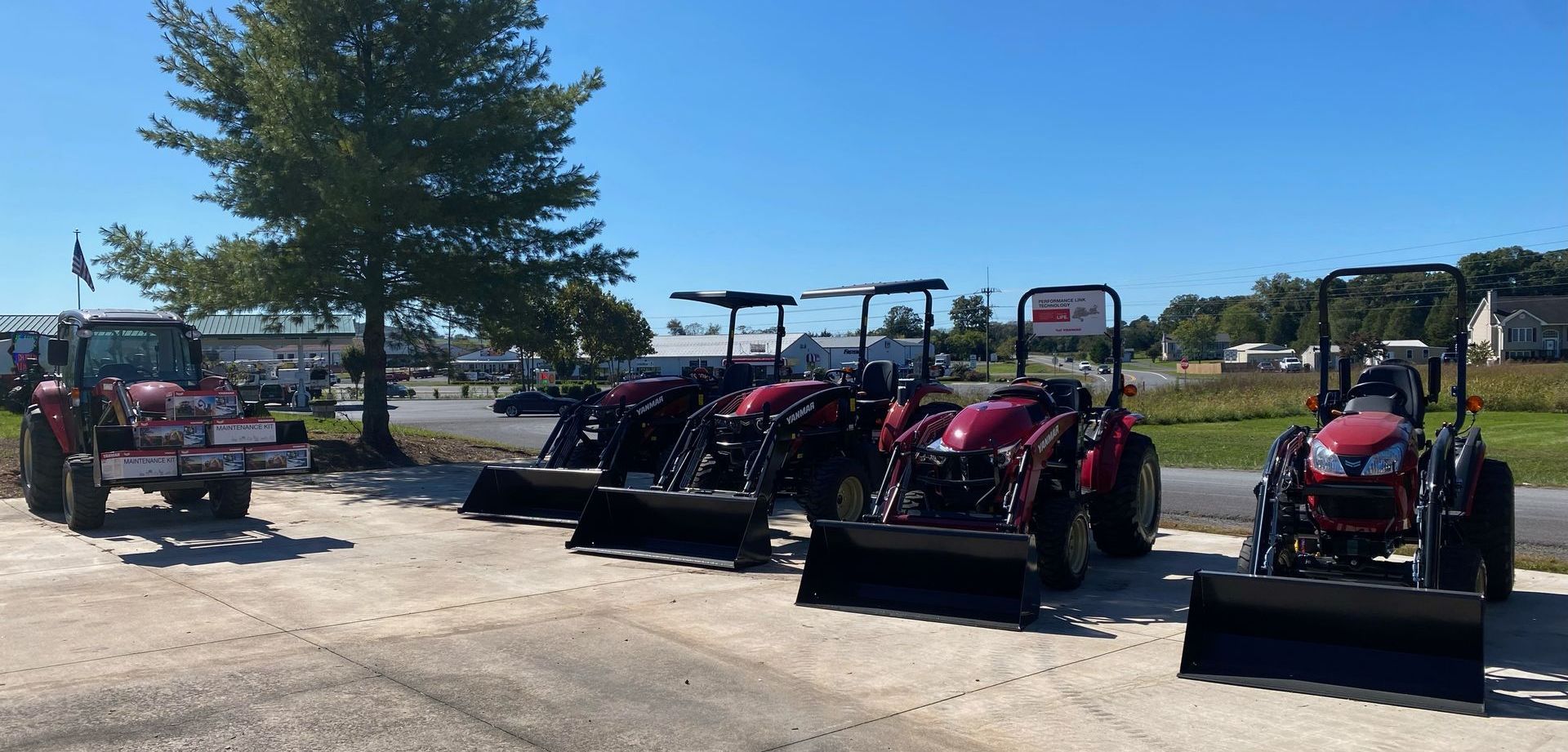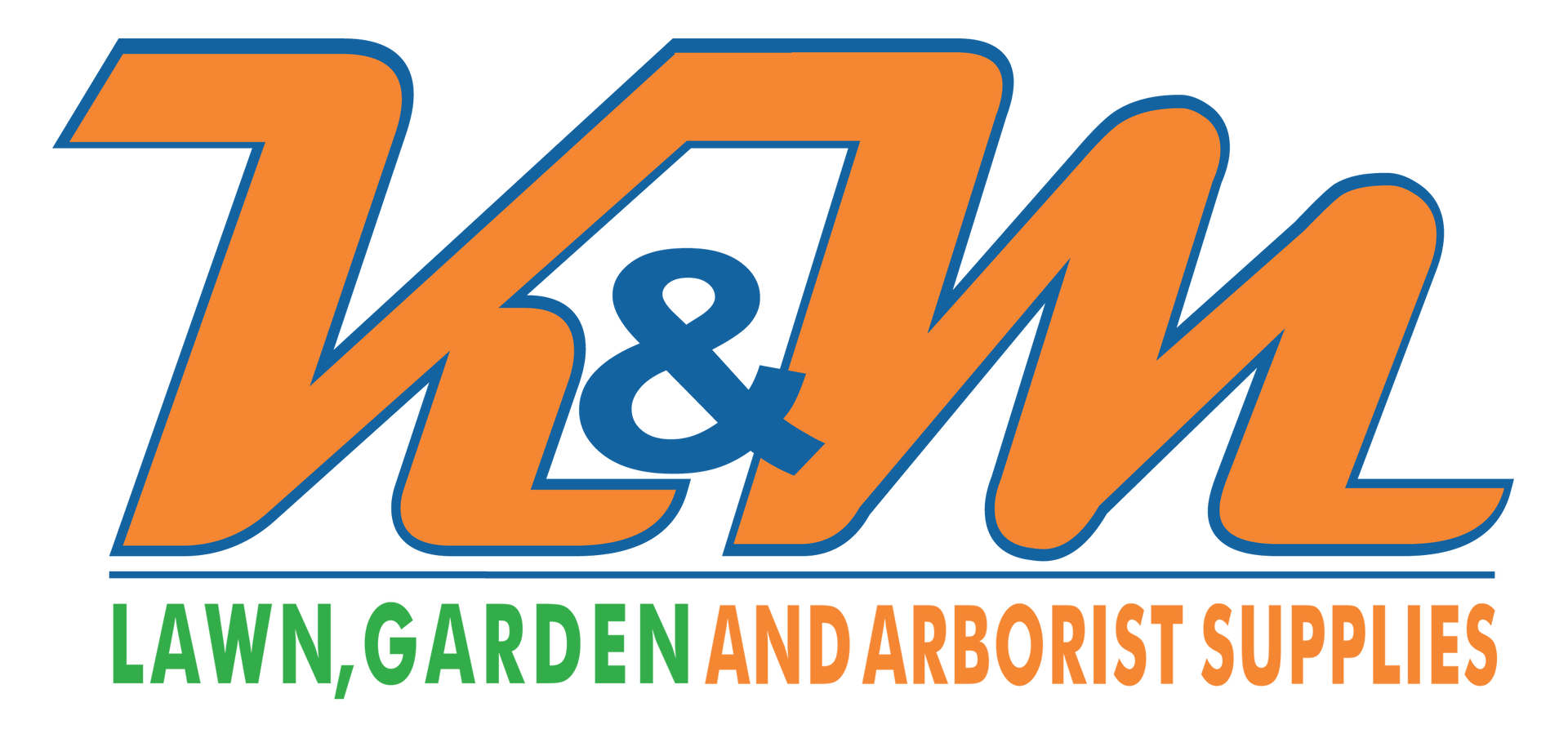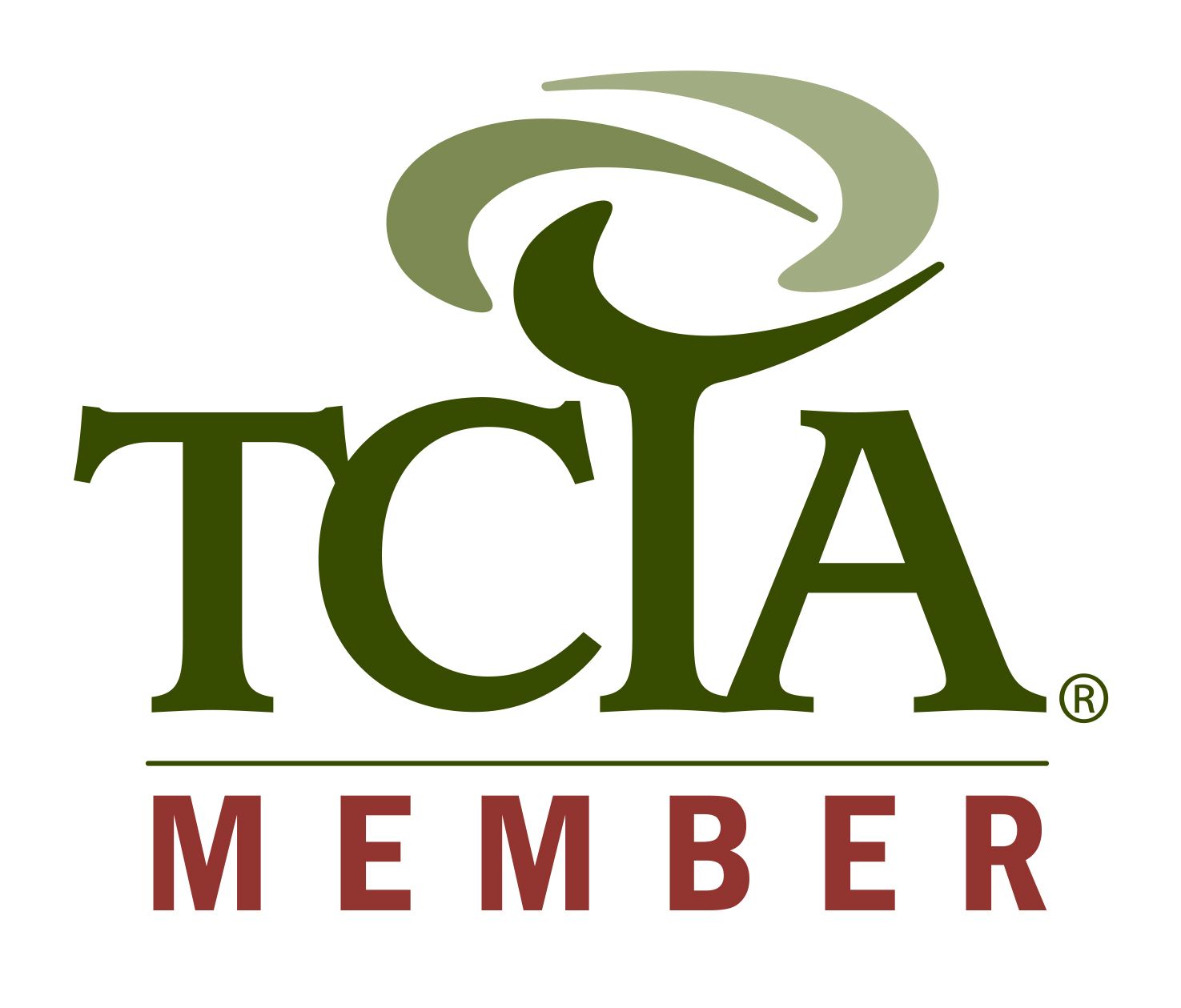How to Choose the Right Trailer for your Equipment
Selecting the Right Trailer for your Equipment - Capacity and Safety Tips
When it comes to transporting outdoor power equipment like tractors, zero-turn mowers, or handheld tools, having the right trailer is essential. The wrong trailer can lead to safety hazards, equipment damage, and unnecessary stress. This guide will help you choose the right trailer for your needs, focusing on application, weight capacity, safety features, and key considerations to ensure smooth and secure transportation.
Why Choosing the Right Trailer Matters
Using a trailer that matches your equipment’s weight and size ensures safe and efficient transport. Whether you're a landscaper hauling multiple mowers or a homeowner moving a compact tractor, the right trailer minimizes the risk of accidents, improves fuel efficiency, and protects your investment.
Understanding Trailer Weight Capacity
Gross Vehicle Weight Rating (GVWR)
GVWR is the maximum weight a trailer can safely carry, including the weight of the trailer itself and the load. It's crucial to know this number as well as the weight of your equipment or load to avoid overloading, which can lead to tire blowouts, brake failure, and structural damage.
Example:
If a trailer has a GVWR of 7,000 lbs. and weighs 2,000 lbs. empty, its maximum load capacity is 5,000 lbs.
Equipment Weight Consideration
Before choosing a trailer, calculate the combined weight of your equipment and any additional gear. Here are some common equipment weights to consider:
- Compact Tractor: 2,500-3,500 lbs.
- Zero-Turn Mower: 700-1,200 lbs.
- Handheld Equipment (e.g., chainsaws, blowers): 50-200 lbs.
Towing Vehicle Compatibility
Make sure your vehicle can handle the trailer’s weight. Check the towing capacity of your truck or SUV to ensure it matches the trailer’s GVWR.
Trailer Types for Different Needs
| Landscape/Utility Trailer | Equipment/Car Hauler | Enclosed Trailer | Dump Trailer | |
|---|---|---|---|---|
| Best For: | Smaller equipment like handheld tools, push mowers, and zero-turn mowers | Tractors, large mowers, and multiple pieces of equipment | Protecting equipment from weather and theft during transport | Hauling debris |
| Pros: | Lightweight, easy to tow, versatile. | High weight capacity, large loading surface | Secure, weatherproof, extra storage options | Typically have hydraulic dump function, carry heavy weights |
| Cons: | Limited weight capacity | Requires proper securing of loads to prevent shifting | Heavier and more expensive than open trailers | Require larger vehicles to tow |
Safety Tips for Trailer Use
Proper Weight Distribution
Distribute weight evenly across the trailer to prevent swaying and maintain control. The general rule is to place 60% of the load toward the front and over the axle(s)
Securing the Load
Use high-quality straps, chains, and tie-down points to keep equipment secure. Double-check that all fasteners are tight before hitting the road.
Trailer Tires, Lights and Brakes
- Check the tires and ensure they are properly inflated and free of damage.
- Inspect all of your lights - brake lights, turn signals, and reflectors should be functional.
- Test your Brakes - Do you have integrated brakes or surge brakes? If your trailer has integrated brakes, verify they are working correctly before every trip. Surge brakes work with momentum of the trailer and integrated breaks are tied into the vehicle braking and can be adjusted based on the weight of the load to ensure they neither working too hard or not working enough to slow the trailer at the same rate as the towing vehicle.
Choosing the Right Trailer at K&M Lawn Garden and Arborist Supplies
At K&M Lawn Garden and Arborist Supplies in Culpeper, VA, we offer a variety of Sure-Trac brand trailers designed to meet your specific needs. Whether you need a lightweight utility trailer for small jobs or a heavy-duty flatbed for large equipment, our team can help you find the perfect match.
Why Choose Us?
- Expert Guidance: Our knowledgeable staff will help you select the right trailer based on your equipment and usage.
- Quality Products: We carry durable, reliable trailers built to withstand heavy use.
- Local Support: As a trusted local business, we’re here to provide ongoing support and service.
Choosing the right trailer for your equipment is a crucial step in ensuring safe and efficient transport. By understanding weight capacity, selecting the appropriate type, and following safety guidelines, you’ll protect your equipment and enhance your productivity. Ready to find the perfect trailer? Visit K&M Lawn Garden and Arborist Supplies in Culpeper, VA, or contact us today for personalized recommendations!





